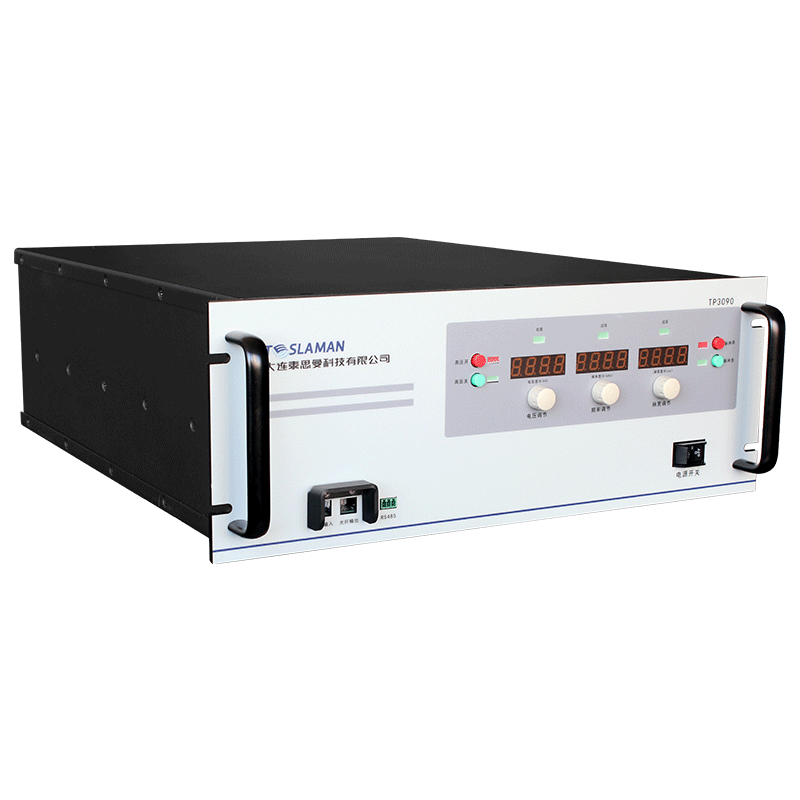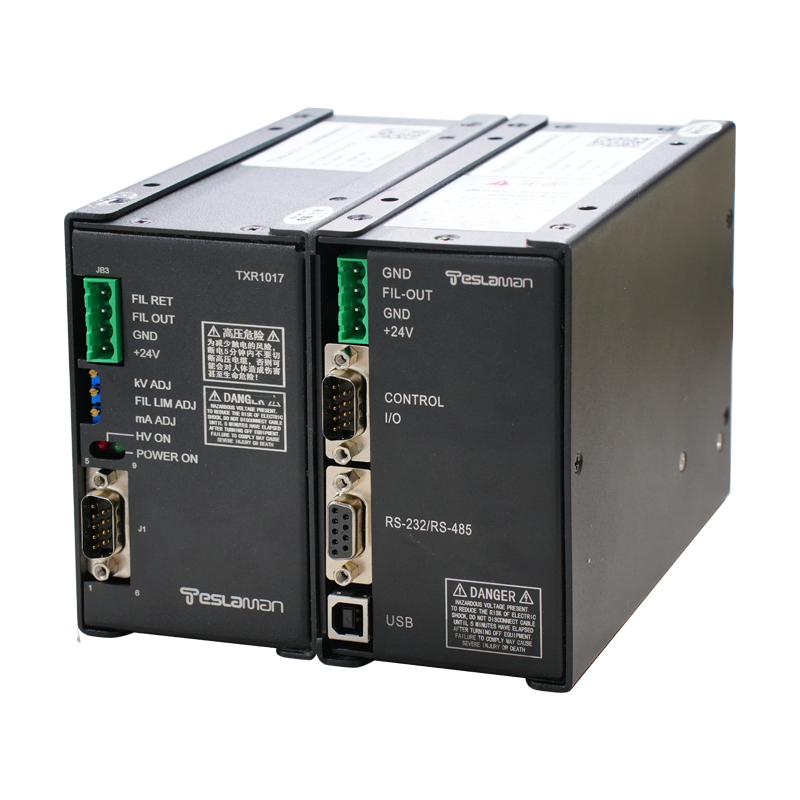Fast Startup Technology of Plasma Ignition Power Supplies
In high end application fields such as space launch, material surface treatment, and metallurgical smelting, plasma ignition technology has become an indispensable core method due to its advantages of high energy density and strong controllability. As the energy source for generating plasma, the startup speed of plasma ignition power supplies directly affects the response efficiency and operational reliability of the system. This article explores the implementation paths of fast startup technology for plasma ignition power supplies from the aspects of technical principles, key challenges, and optimization strategies.
1. Startup Mechanism and Key Requirements of Plasma Ignition Power Supplies
The essence of plasma ignition is to apply a high voltage between electrodes through a power supply, ionizing the gas medium to form plasma. During this process, the power supply needs to complete the transition from the initial state to the stable discharge state in an extremely short time, while ensuring the ignition success rate and the stability of plasma parameters. For example, in the ignition of aerospace engines, the power supply is required to establish a stable plasma channel within a few milliseconds, providing reliable initial energy for propellant combustion. If the startup delay is too long, it may lead to engine ignition failure and affect the launch mission. Therefore, fast startup is not only related to ignition efficiency but also directly determines the safety and reliability of the system.
2. Core Challenges Restricting Fast Startup
(1) Energy Transmission Delay
Energy storage elements (such as capacitor banks and inductive coils) inside plasma ignition power supplies are limited by the charge discharge time constant when releasing energy to the load. In high power output scenarios, the energy transmission delay of traditional energy storage structures can reach dozens of milliseconds, which is difficult to meet the requirements of fast startup.
(2) Stability of Arc Establishment
At the moment of ignition, the ionization process of the gas medium is highly nonlinear and uncertain. Fluctuations or response delays in the output voltage of the power supply can prevent the stable establishment of the arc. For example, in high altitude or low temperature environments, the difficulty of gas ionization increases. If the power supply cannot adjust the output parameters in a timely manner, ignition failure is likely to occur.
(3) Limitations of Device Dynamic Response
Power switching devices (such as IGBTs and MOSFETs) in power supplies have turn on and turn off delays under high frequency and high current conditions, which limits the dynamic response speed of the power supply. In addition, insufficient performance of the device drive circuit can also cause control signal transmission delays, affecting the overall startup efficiency.
3. Optimization Strategies for Fast Startup Technology
(1) Optimizing Energy Storage and Transmission Architecture
A multi stage pulse capacitor series parallel switching technology is adopted. At the initial stage of startup, the output voltage is increased through the series mode to quickly break down the gas medium. After the arc is established, it is switched to the parallel mode to increase the output current and maintain the stability of the plasma. Meanwhile, the introduction of low internal resistance, high power density supercapacitors can reduce the energy transmission delay to the millisecond level, significantly improving the startup speed.
(2) Intelligent Arc Control Algorithms
Based on real time monitored arc voltage and current signals, adaptive control algorithms are used to dynamically adjust the output parameters of the power supply. For example, a fuzzy logic algorithm can quickly identify unstable arc states and automatically optimize the voltage waveform and frequency to ensure the stability of the ignition process. By training ignition data under different working conditions with machine learning models, the system's adaptability to complex environments can be further enhanced.
(3) Upgrading High Speed Devices and Drive Circuits
New wide bandgap semiconductor devices (such as silicon carbide SiC and gallium nitride GaN) are selected to replace traditional silicon based devices. Their switching speed is increased by 1 2 orders of magnitude, effectively reducing device delays. At the same time, the drive circuit design is optimized. High speed optocoupler isolation and gate driver chips are used to shorten the control signal transmission delay to the nanosecond level, enabling fast response of the power supply.
4. Application Cases and Technical Achievements
In a renovation project of an industrial plasma cutting device, through the above technical optimizations, the power supply startup time was reduced from the original 30 ms to less than 5 ms, and the ignition success rate was increased from 85% to over 99%, significantly improving the cutting efficiency and device stability. In related tests in the aerospace field, the plasma ignition system with a fast startup power supply successfully achieved reliable ignition in extreme environments, verifying the practicality and advancement of this technology.
5. Future Development Trends
With the development of new materials and intelligent control technologies, the fast startup technology of plasma ignition power supplies will evolve towards ultra high speed and intelligent directions. In the future, power supply systems based on superconducting energy storage and pulse power modulation technology are expected to achieve sub millisecond startup. At the same time, by integrating edge computing and Internet of Things technologies, self sensing and self optimizing intelligent ignition systems can be constructed, further expanding the application boundaries of plasma ignition technology.




















